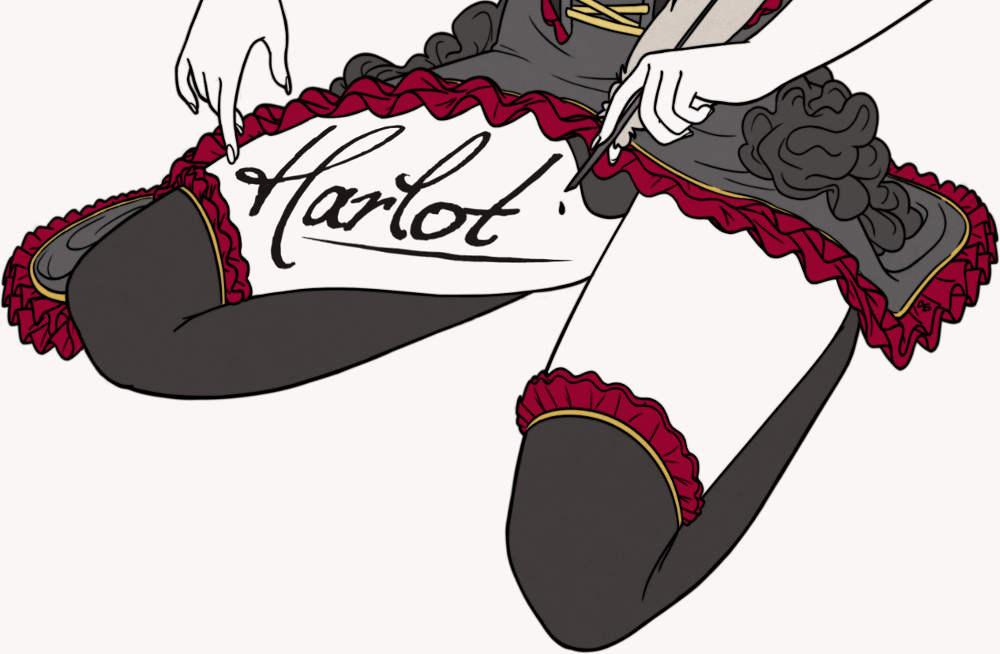In this era of American wrestling, an era where aggressive branding is frequently held above craft, few championship title belts are beautiful for the sake of being beautiful objects.
An example: The current WWE World Heavyweight Championship, designed with the help of Orange County Choppers, was an overcorrection for the “Spinner” version of the championship that symbolized the company as one driven by the image and abilities of John Cena, white rapper turned premiere babyface. No matter who held that championship, the belt belonged to Cena. No matter who holds the new championship, the belt belongs to WWE.
It’s a “World Heavyweight Championship” because World Wrestling Entertainment is the largest wrestling company in the history of the world, but as a symbol of global supremacy as a professional wrestler, the diamond-set WWE logo nestled in a gold and black plate is decidedly narrow compared to, say, the NWA World Heavyweight Championship of the 70s and 80s, or the WCW World Heavyweight Championship, or any Japanese or Mexican title; anything beyond the scope of the WWE, which has been screaming its brand out into the cosmos since the dawn of Hulkamania.
In World Wrestling Entertainment, a championship belt can’t be a beautiful object because the object is often designed around hideous watermarks, but it can be beautiful for what it comes to symbolize. Around the waist of Daniel Bryan, for instance, the WWE World Heavyweight Championship was a beacon cutting through seemingly endless dark. The idea that a guy like Bryan Danielson, who I saw wrestle in a flea market a month after getting fired from WWE, could hold that championship? That the best wrestler in the world might be recognized as such by a company that rarely rewards the best wrestler? Powerful. Not just because of Danielson, but because moments like his victories for that championship are the payoff for the oft-teased notion that things in the largest wrestling company in history are susceptible to actual, actionable change.
This is a column about women’s wrestling; let’s talk about that. Last night, at WrestleMania, the WWE Diva’s Championship and the phrase “WWE Diva” were retired. In their place, women now compete for the reinstated WWE Women’s Championship and will be referred to as Superstars, as men have been referred to since, again, the dawn of Hulkamania. There is so much wrestling now—not just in WWE, but everywhere—that it is hard, sometimes, to remember how women’s wrestling functioned on WWE product even as long as a year ago.
Back in February 2015, buried in the quagmire that is a three hour episode of Raw, Paige and Emma lost to Nikki and Brie Bella in about 30 seconds. The WWE-promoted hashtag #GiveTruthAChance quickly morphed into #GiveDivasAChance, prompting replies from Vince McMahon and a callout from then-WWE employee A.J. Lee.
McMahon’s tweet—“We hear you. Keep Watching.”—smacked of the same old WWE tease the company has been pushing since the collapse of WCW and ECW: that a bloated corporate powerhouse quite ably making money spinning its wheels might also engineer a kind of necessary revolution. After Lee’s retirement in March 2015, the WWE eventually launched the #DivasRevolution by having Stephanie McMahon announce the call-ups of Sasha Banks, Becky Lynch, and Charlotte, the daughter of “Nature Boy” Ric Flair. In WWE’s development territory NXT, these three, along with Bayley and Emma and a whole host of signings from the independent scenes, were the catalyst for the radical notion that women’s wrestling under a WWE banner could be given the same time and care, and thus could be held to the same standard as the dream match fantasia NXT had become for the men.
Regardless of time or circumstance, WWE has never been particularly good at promoting women’s wrestling. Women dot its Hall of Fame, but it’s rare for a woman to go their whole WWE career without being reminded that a woman’s place on the roster is far, far below that of any given man. See WWE Hall of Famer Trish Stratus’ long-running angle where her boss sexually demeaned and abused her, or WWE Hall of Famer Lita’s retirement ceremony—where the tag team Cryme Time stole and auctioned off her vibrator—if you need proof, not to mention all of the legitimately good women who’ve wrestled for WWE and seen the popularity they garnered for wrestling burned down by bodyshaming angles (Kharma, Mickie James) or used shoulder-to-wheel to prop up a male wrestler who may or may not have needed the help (Santino/Beth Phoenix, Santino/Emma, Daniel Bryan/Gail Kim).
NXT changed that narrative if you were paying attention to NXT, but the #DivasRevolution did not. Beyond serving as a front to put Stephanie McMahon over in the same way her husband Triple H uses selfies with his NXT signees to forward the idea of himself as a great scout for talent and eventual savior of the company, the unique personalities Banks, Lynch, and Sharlotte had cultivated in NXT were reigned in as each was placed in stables with little more said about the origins of those stables except that the NXT women were more hungry than the WWE’s extant divas.
The storytelling wasn’t good–the stable of Lynch/Charlotte/Paige were initially dubbed The Submission Squad (or, you know, the S.S.), and the real revolution in mainstream women’s wrestling continued on in NXT, where Bayley, now the face of the division, was bringing up signees who didn’t have the same background as Banks, Lynch, Paige, or Emma, nor the pedigree of Charlotte. The signing of Japanese star and American cult favorite Kana further proved how serious the mission of the division was, as well as the fact that no less than two distinct storylines were kept running for women at all times.
The mission was also clear due to the language used to describe it. Except on rare occasions when #DivasRevolution reared its head on an NXT broadcast, the women wrestling on NXT were always referred to as women. The championship they fought for was the NXT Women’s Championship. On Raw and SmackDown, the #DivasRevolution was being waged between vaguely purposed stables for a garish rhinestone butterfly. The best piece I’ve read about the WWE Diva’s Division, written by for a 2013 issue of The Atomic Elbow, describes the WWE Divas and their title thusly:
Despite depending on and emphasizing their biological bodies, the Divas have been stripped of their womanhood. The WWE presents hyper-sexualized yet unsexed bodies. The Divas are objectified, as are all wrestlers, but the objectification extends beyond just being the object of the Gaze. The physical aspects of the Divas are discussed on commentary, such as which of the Bellas is “bigger,” yet the commentators cannot refer to them as women. They are, instead, not female bodied people, not Divas, and not heels or faces. They are, instead, the symbol of a specific part of the female anatomy, as their belt clearly depicts. Lacking the artisticness of a Georgia O’Keeffe painting, this pink butterfly is a rendition of the external female genitalia. Also, with that in mind, the placement of the WWE logo on that belt is just … ugh.
And this remained true until last night, with Lita’s presentation of the WWE Women’s Championship and the announcement via press release that WWE Divas were now WWE Superstars. Created in the image of the WWE World Heavyweight Championship, that white leather strap adorned with its comically large WWE logo is ugly in every sense except the one that matters to the fictitious narrative that’s been playing out in arenas and on television screens for over a century: finally, the largest wrestling company in the world has come to recognize women wrestlers as both women and wrestlers.
This, admittedly, is the lowest possible bar for the company to clear, but they’ve finally cleared it. The #DivasRevolution is over. What comes next from here might be something like real change. As a fan of women’s wrestling, that possibility, this young, is beautiful.
NEXT WEEK: Charlotte vs. Sasha Banks vs. Becky Lynch for the WWE Women’s Championship


